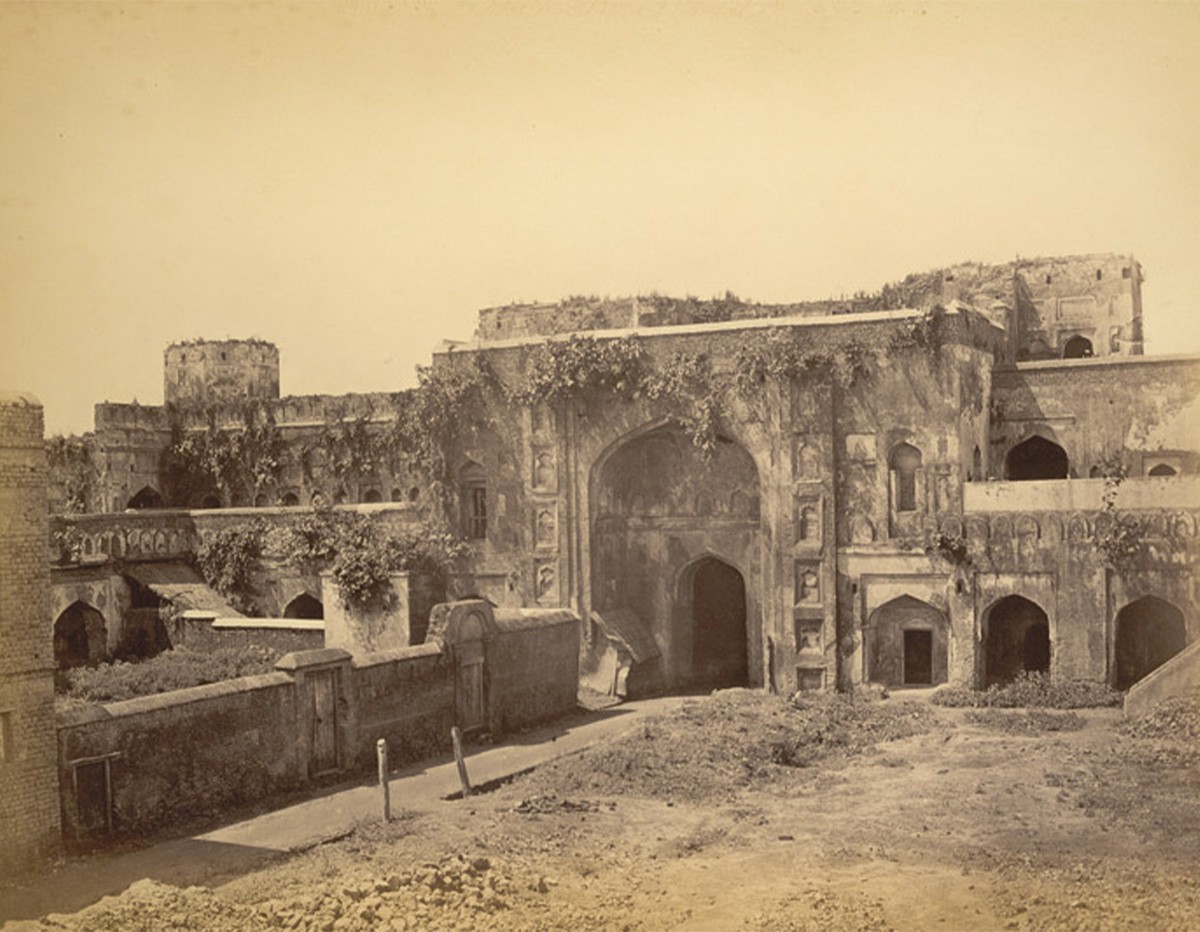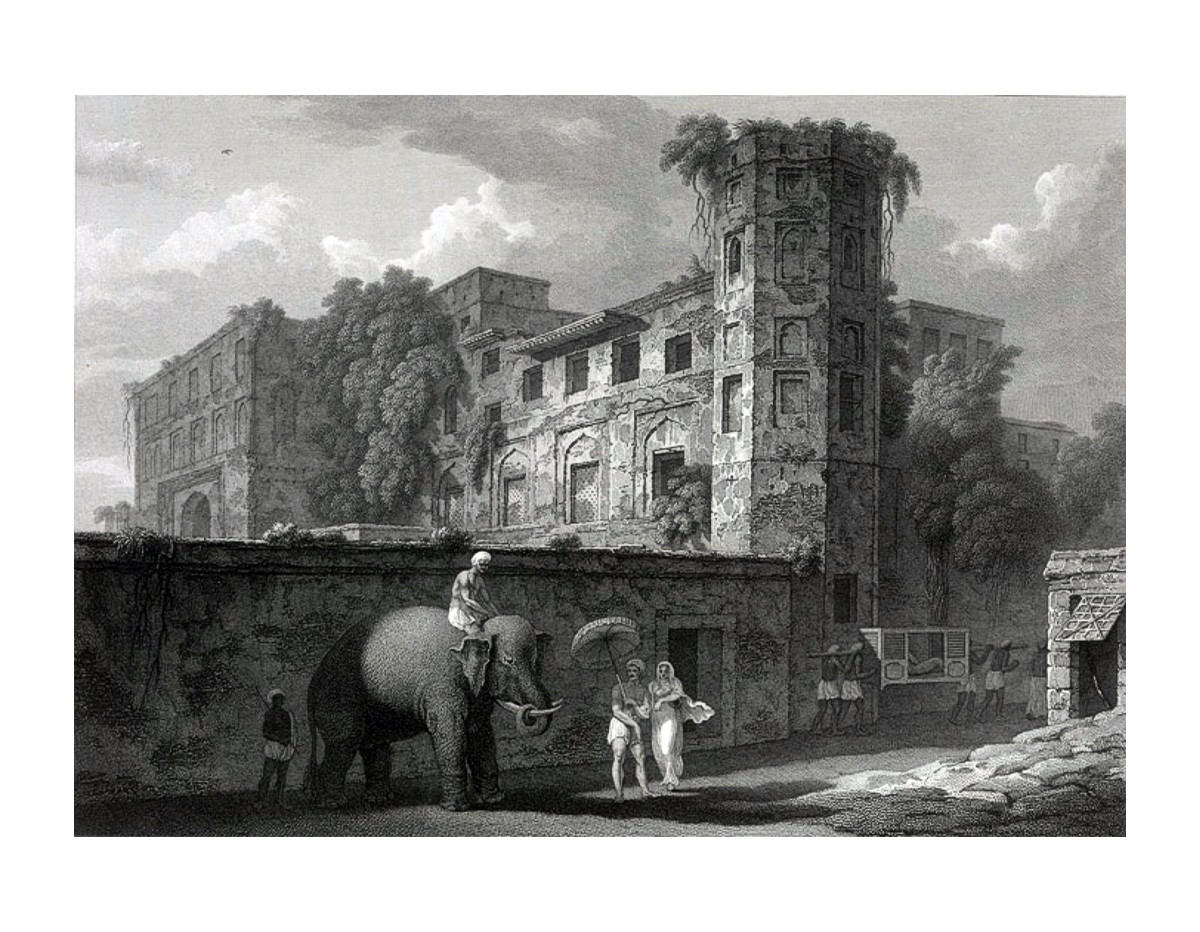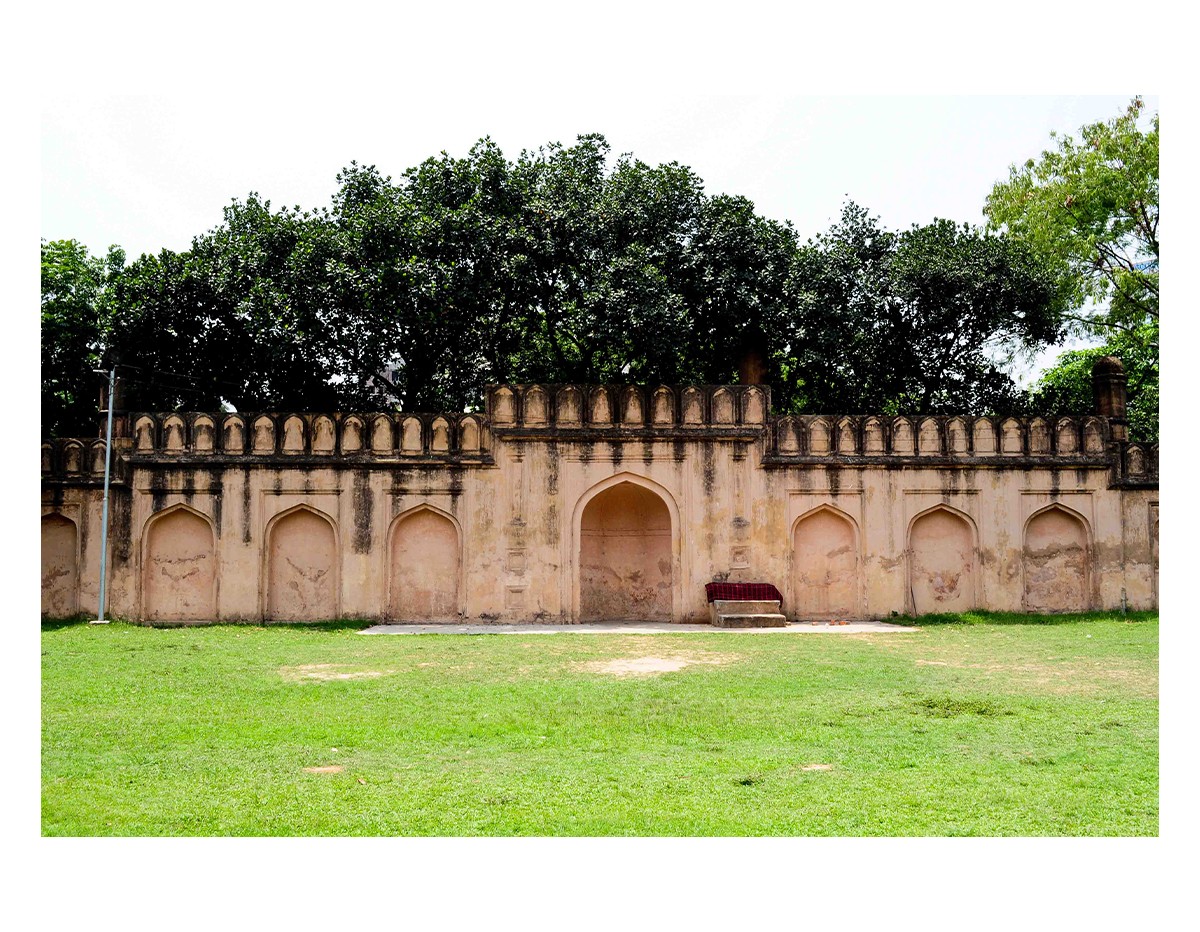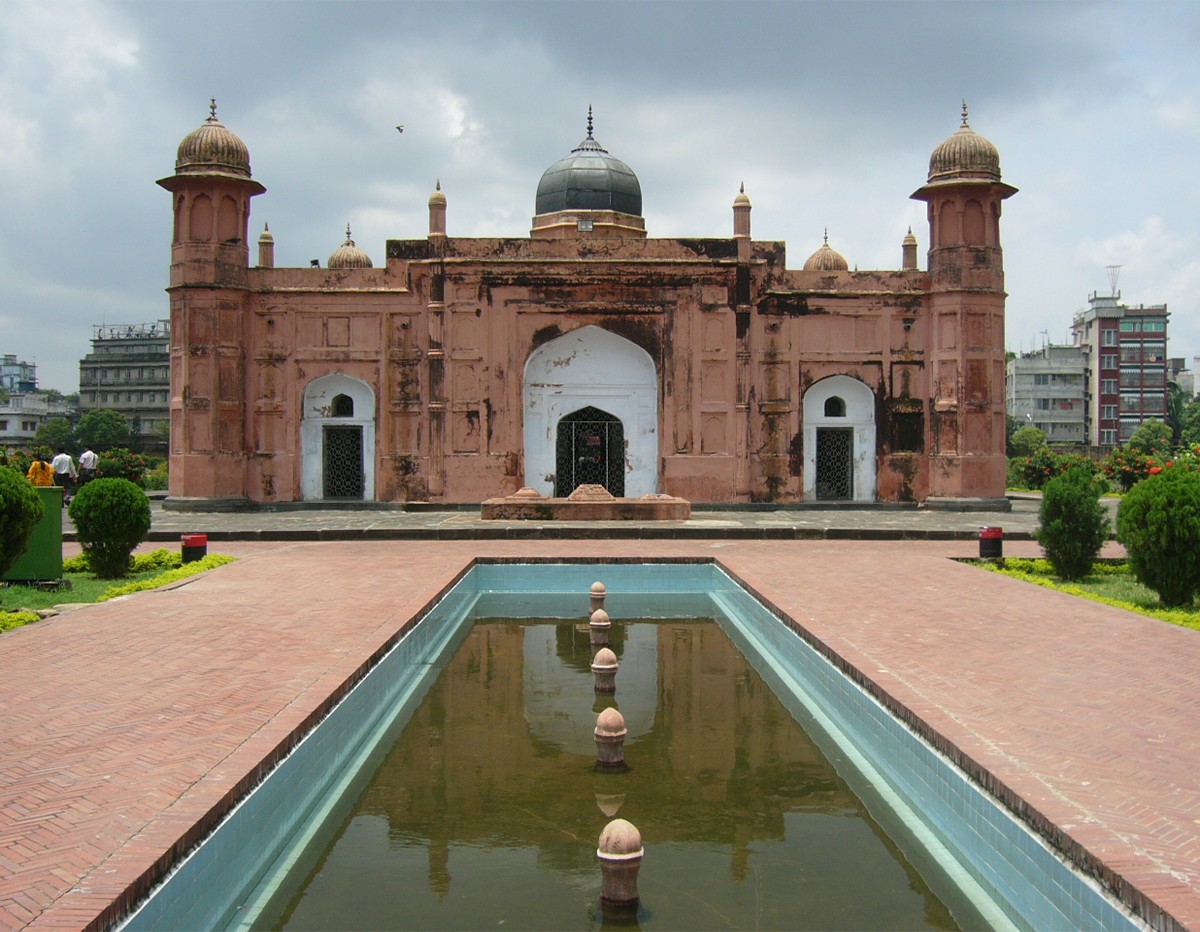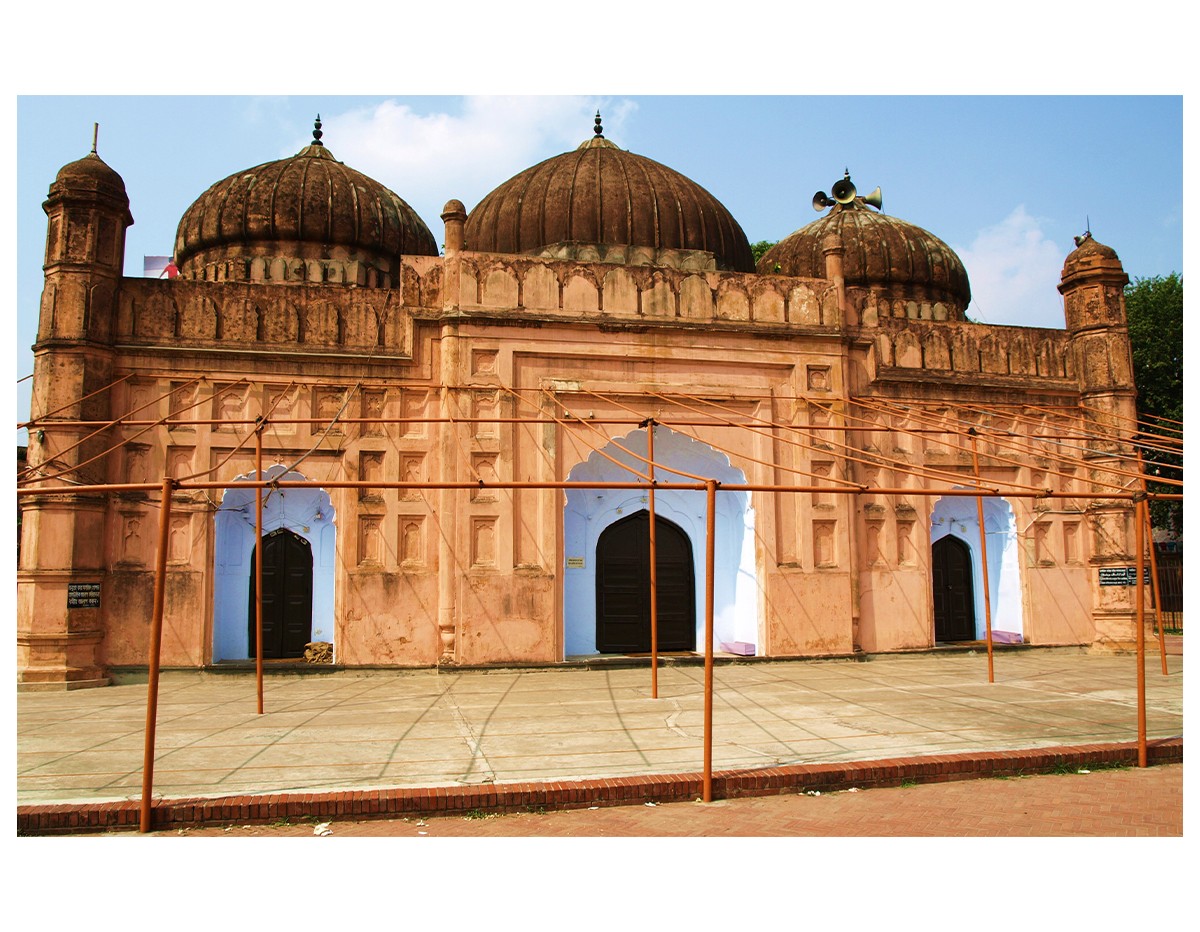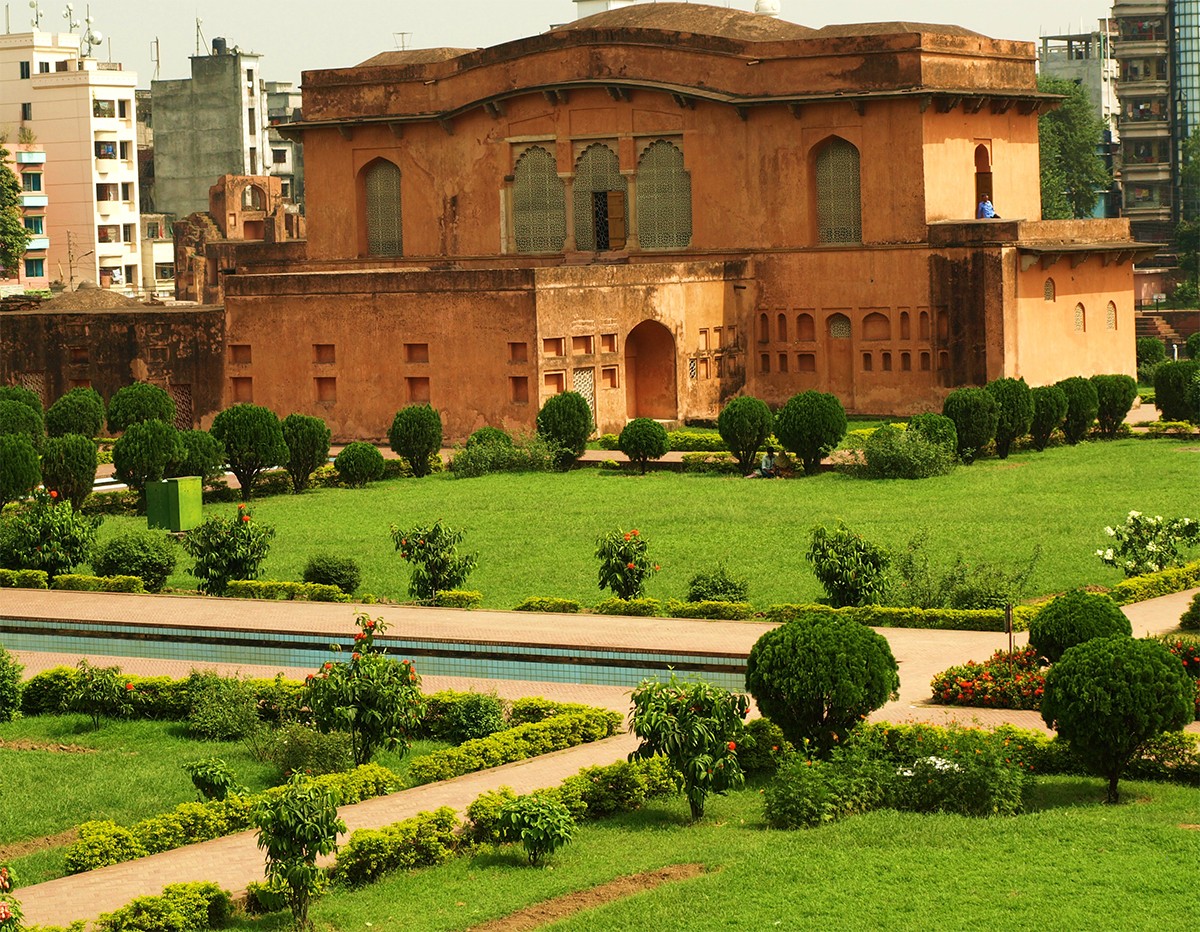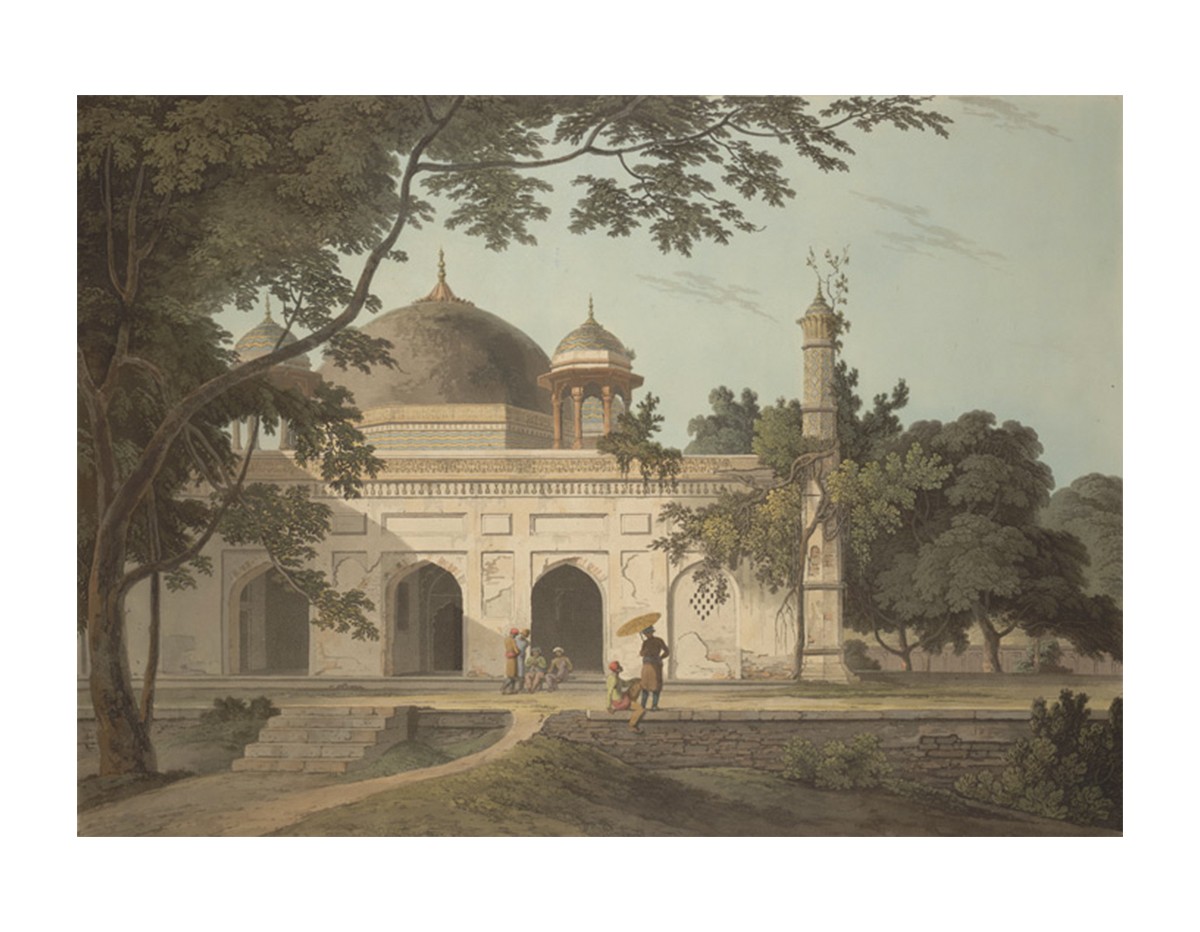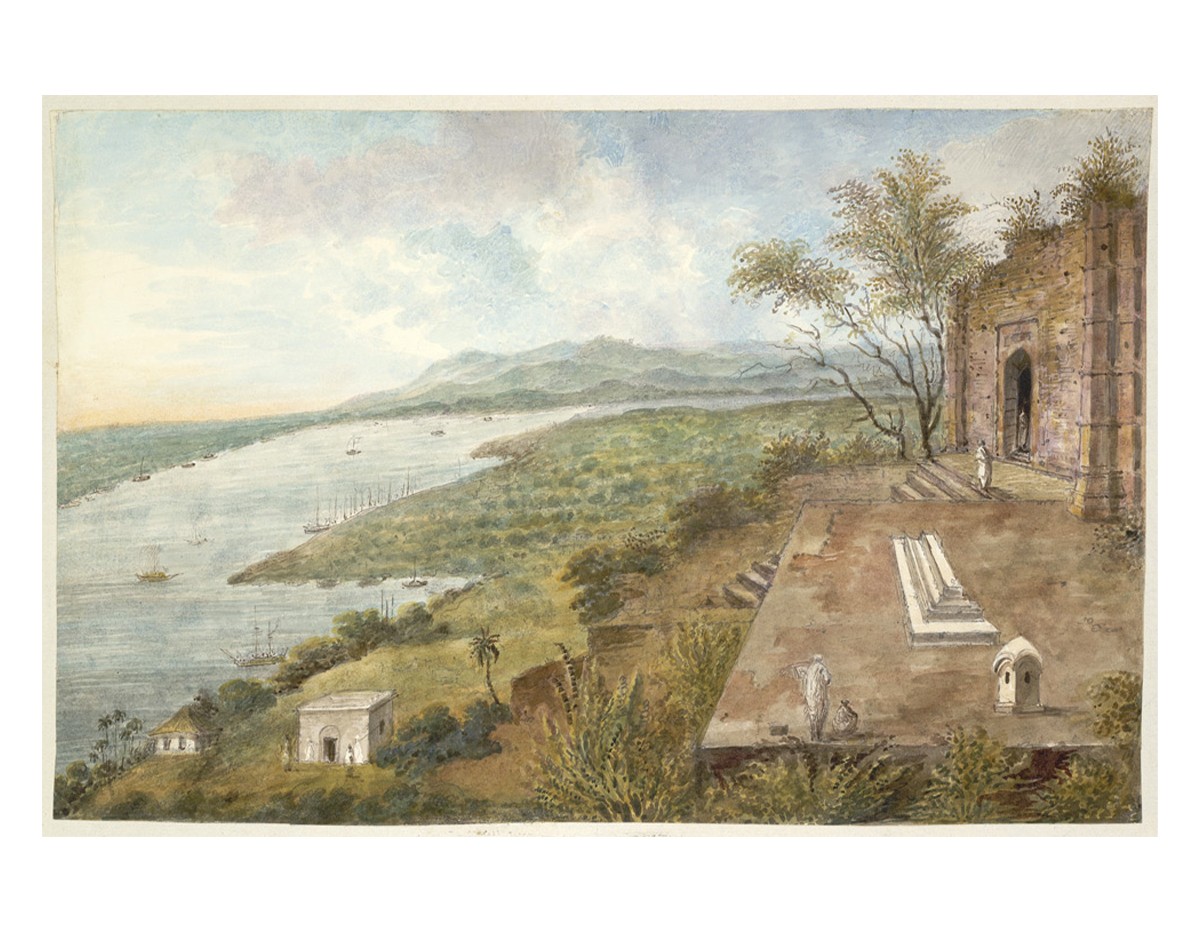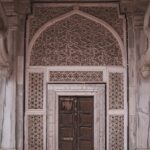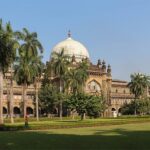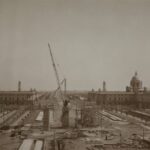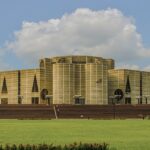Dhaka Becomes the Capital of Mughal Bengal
1610–1639
The Mughal governor of Bengal Islam Khan, establishes the present-day city of Dhaka, Bangladesh as the region’s provincial capital, renaming it Jahangirpura or Jahangirnagar — although neither name will remain in use for long. Although the site has been settled since Pala rule in the eighth century and has a few medieval fortifications and mosques as well as a Portuguese trading outpost, it gains political significance for the first time as the provincial capital, seen as more easily defensible against river pirates and rebel forces than the former capital Akbarnagar (present-day Rajmahal).
Although Dhaka sees relatively little new construction or patronage from the Mughal rulers during its time as capital, the Mughal consolidation of Bengal following the end of regional rebellions eventually leads to the construction of notable monuments such as the Bara Katra serai, the Dhanmondi eidgah and the Lalbagh fort. However, Akbarnagar continues to be of strategic significance, and is made the capital again by Shah Jahan in 1639.
Bibliography
Asher, Catherine B. The New Cambridge History of India: Architecture of Mughal India. Cambridge, UK: Cambridge University Press, 1992.
Habib, Kishwar, and Bruno De Meulder. “Rallying Towards the Nation: Theatre of Nation Building in Post-colonial Dhaka.” In Asian Cities: Colonial to Global, edited by Gregory Bracken, 217–40. Amsterdam University Press, 2015.
Sobhan, Zafar. “Out of Place, Out of Time.” Himal Southasian, March 26, 2019. Accessed May 17, 2024. https://www.himalmag.com/zafar-sobhan-dhaka-bangladesh/.
Feedback 
This entry appears in
Art in South Asia
Visit Timeline
Associated Timeline Events
First Published: March 11, 2024
Last Updated: July 2, 2024



